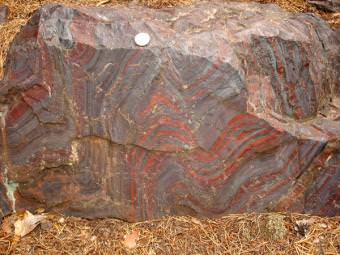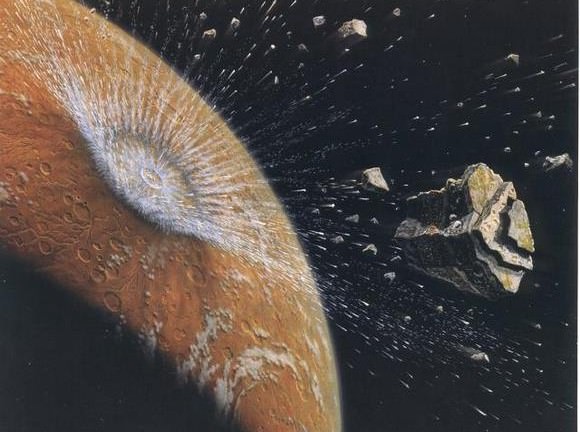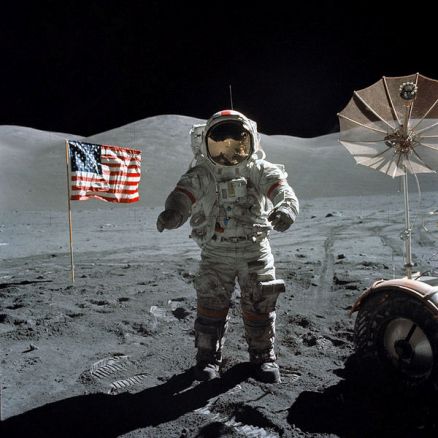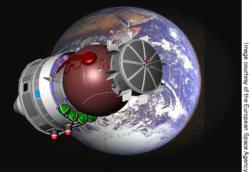[/caption]
Researchers have long puzzled over why oxygen flourished in Earth’s atmosphere starting around 2.4 billion years.
Called the “Great Oxidation Event,” the transition “irreversibly changed surface environments on Earth and ultimately made advanced life possible,” said Dominic Papineau of the Carnegie Institution’s Geophysical Laboratory.
Now, Papineau has co-authored a new study in the journal Nature, which reveals new clues to the mystery in ancient sedimentary rocks.
The research team, led by Kurt Konhauser of the University of Alberta in Edmonton, analyzed the trace element composition of sedimentary rocks known as banded-iron formations, or BIFs, from dozens of different localities around the world, ranging in age from 3,800 to 550 million years. Banded iron formations are unique, water-laid deposits often found in extremely old rock strata that formed before the atmosphere or oceans contained abundant oxygen. As their name implies, they are made of alternating bands of iron and silicate minerals.
They also contain minor amounts of nickel and other trace elements. And the history of nickel, the researchers think, may reveal a secret to the origin of modern life.
Nickel exists in today’s oceans in trace amounts, but was up to 400 times more abundant in the Earth’s primordial oceans. Methane-producing microorganisms, called methanogens, thrive in such environments, and the methane they released to the atmosphere might have prevented the buildup of oxygen gas, which would have reacted with the methane to produce carbon dioxide and water.
A drop in nickel concentration would have led to a “nickel famine” for the methanogens, who rely on nickel-based enzymes for key metabolic processes. Algae and other organisms that release oxygen during photosynthesis use different enzymes, and so would have been less affected by the nickel famine. As a result, atmospheric methane would have declined, and the conditions for the rise of oxygen would have been set in place.
The researchers found that nickel levels in the BIFs began dropping around 2.7 billion years ago and by 2.5 billion years ago was about half its earlier value.
“The timing fits very well. The drop in nickel could have set the stage for the Great Oxidation Event,” Papineau said. “And from what we know about living methanogens, lower levels of nickel would have severely cut back methane production.”
As for why nickel dropped in the first place, the researchers point to geology. During earlier phases of the Earth’s history, while its mantle was extremely hot, lavas from volcanic eruptions would have been relatively high in nickel. Erosion would have washed the nickel into the sea, keeping levels high. But as the mantle cooled, and the chemistry of lavas changed, volcanoes spewed out less nickel, and less would have found its way to the sea.
“The nickel connection was not something anyone had considered before,” Papineau said. “It’s just a trace element in seawater, but our study indicates that it may have had a huge impact on the Earth’s environment and on the history of life.”
Source: Carnegie Institution for Science, via Eurekalert.





